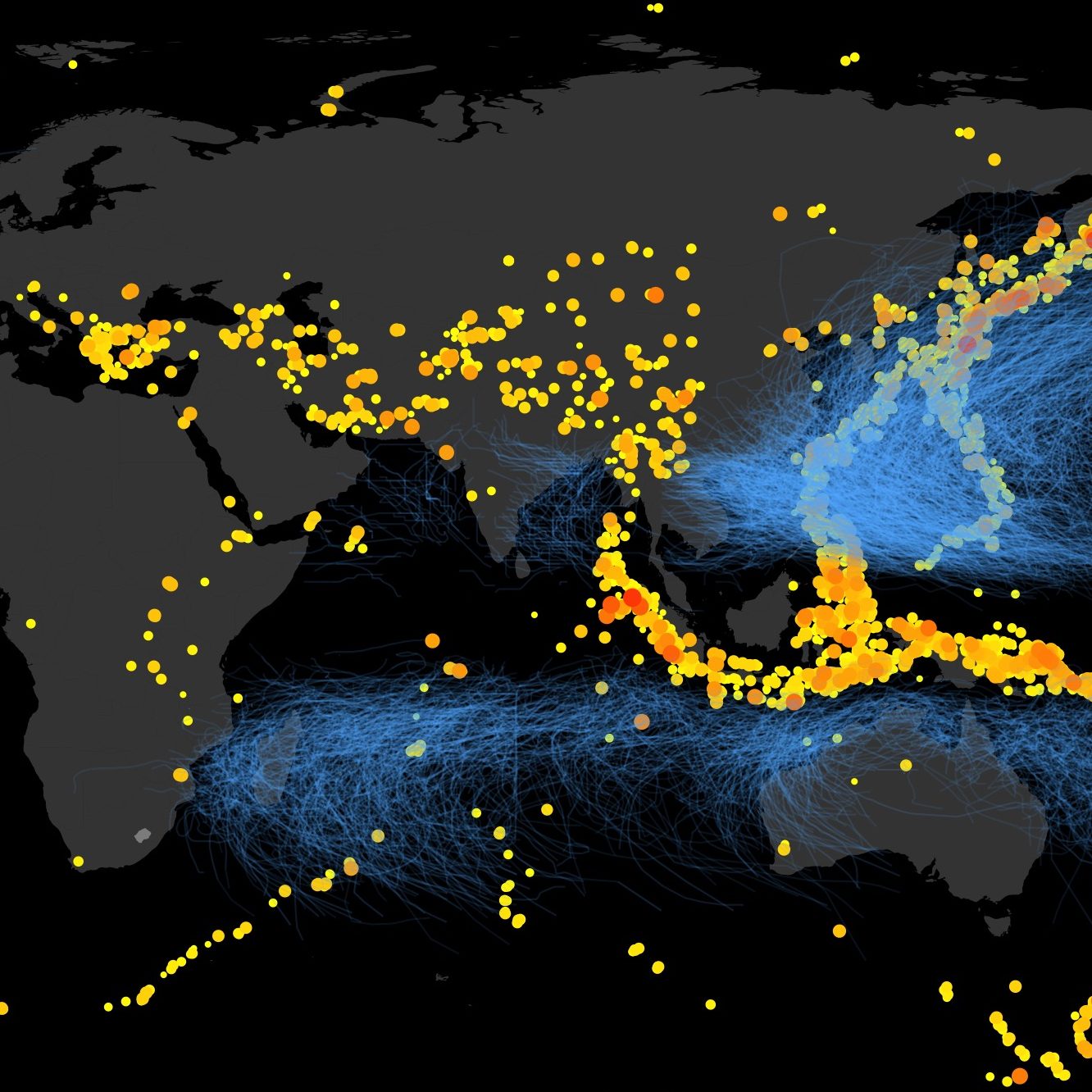Waiting for the Big One: the Continued Earthquake Risk of Port-au-Prince, Haiti
The M7.0 earthquake in Haiti in 2010 was one of the most devastating in recorded history. Originally thought to have occurred along the Enriquillo-Plantain Garden Fault (EPGF), geologic, geodedic and seismologic studies following the earthquake have identified that the earthquake source was actually on the Leogane plain. This observation is a sobering one, as it signifies that the expected “Port-au-Prince earthquake”, linked with the rupture of the Enriquillo-Plantain Garden Fault, is still very much expected. While this is known, the geological evidence by itself has generated little traction for promoting risk reduction actions in the reconstruction of the city, nor in municipal planning in general. This paper therefore develops a realistic scenario of damages in the event of the rupture of the EPGF. Based on a M 7.0 rupture scenario of the EPGF, simulated spatially correlated ground-motion intensity fields are generated, and used in turn to simulate damages. The exposure model and fragility of buildings are analyzed based on the damage assessment of 400,000 buildings evaluated by the Haitian Ministry of Public Works following the 2010 earthquake. Since real data forms the basis for both fragility and exposure models, this scenario provides a very realistic example of potential damages caused by the expected “Port-au-Prince earthquake.”
